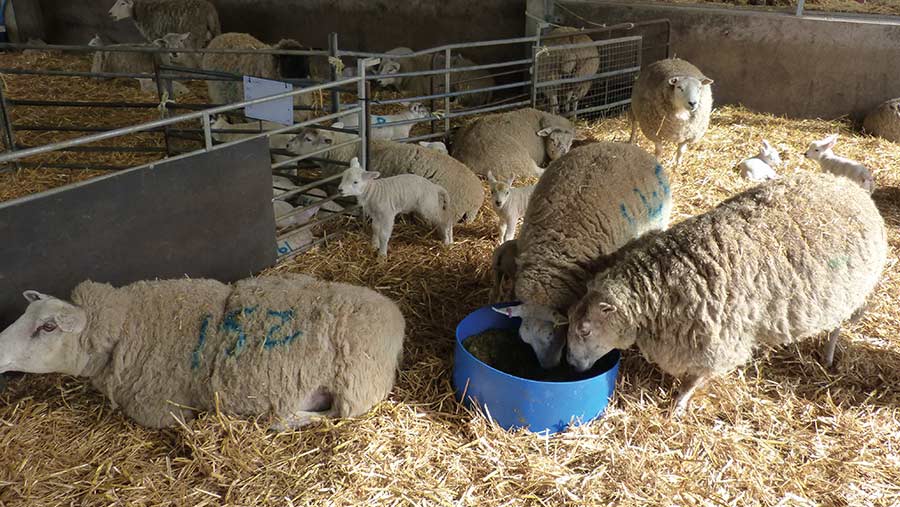Farm input inflation more than double rate of output rises
 © MAG/Michael Priestley
© MAG/Michael Priestley Rises in farm output values are being dwarfed by soaring input costs, with July estimates calculating an annual ag inflation rate of 23.5% – more than double the 10.1% growth in output prices.
The latest set of ag inflation estimates produced in an industry briefing by farm business consultant Andersons includes an index of agricultural output prices for the first time.
It points to a cost-of-farming squeeze compared with pre-June 2022 figures, which showed that agricultural output prices had generally risen in parallel with ag inflation, albeit at a slightly lower rate.
“When ag inflation is plotted against output prices, food inflation, denoted by consumer price index food and general economic inflation, which stand at 9.8% and 9.4%, respectively, it becomes apparent that there is a cost-of-farming squeeze taking place,” the briefing states.
See also: Free BPS transition farm business advice for south west
These indices have diverged considerably since then.
“While recent falls in commodity grain prices have been the main driver, it also suggests that consumers are struggling to afford rising food prices and that retailers and food-service providers are reluctant to pass on further increases,” the briefing adds.
“With energy prices set to rise further towards winter and the Bank of England projecting that inflation will rise to 13% by year-end, the extent of the challenges facing the UK economy are stark.”
Report co-author Michael Haverty, partner and senior research consultant at the Andersons Centre, urges farmers to act now to maintain business resilience.
“It is a very challenging time and a difficult situation overall,” he admits.
“Farming has come through a lot of crises in the past, and while it is true that there are multiple crises at the moment, the businesses that will be best positioned to get through this will be those paying attention to ongoing key performance indicators relevant to their businesses.”
There are multiple measures that farms can adopt to address this, Mr Haverty advises.
1. Make feed, fertiliser, fuel and finance the core focus, closely managing those key areas
“In tough times, working capital is really crucial and preserving that as much as possible, given the challenges ahead, is especially important,” says Mr Haverty.
Adopting a precision approach to applying fertiliser will show which parts of fields need it and which don’t – the most productive areas of the field need to be prioritised.
Soil sampling is important too. Look at the nutrition of the soil – if the indices are already good, fertiliser application can be tailored.
2. Stress-test the business to see how it can get through the next few months
“So far, price rises have helped in some sectors – that is certainly true of the milk price. But look at how this balances against input costs in the coming months,” says Mr Haverty.
“For dairy and livestock farmers the dip in the price of cereals will help to some extent with feed costs.”
3. Assess livestock performance
Identify the top and bottom performers. “There might be some difficult decisions to be made in terms of livestock. If individual animals are costing you more that the value of the output they are producing, decisions need to be made around that,” says Mr Haverty.
4. Monitor input performance
Weighing livestock and monitoring milk yield will show whether feed inputs are meeting expectation on liveweight gain and dairy herd performance.
“Challenge suppliers if feed is not meeting expectations or if performance is poor,” Mr Haverty recommends.
“It goes back to that basic advice that you can manage what you can measure. In normal circumstances this should be a core focus, but it becomes essential in these challenging times.”
